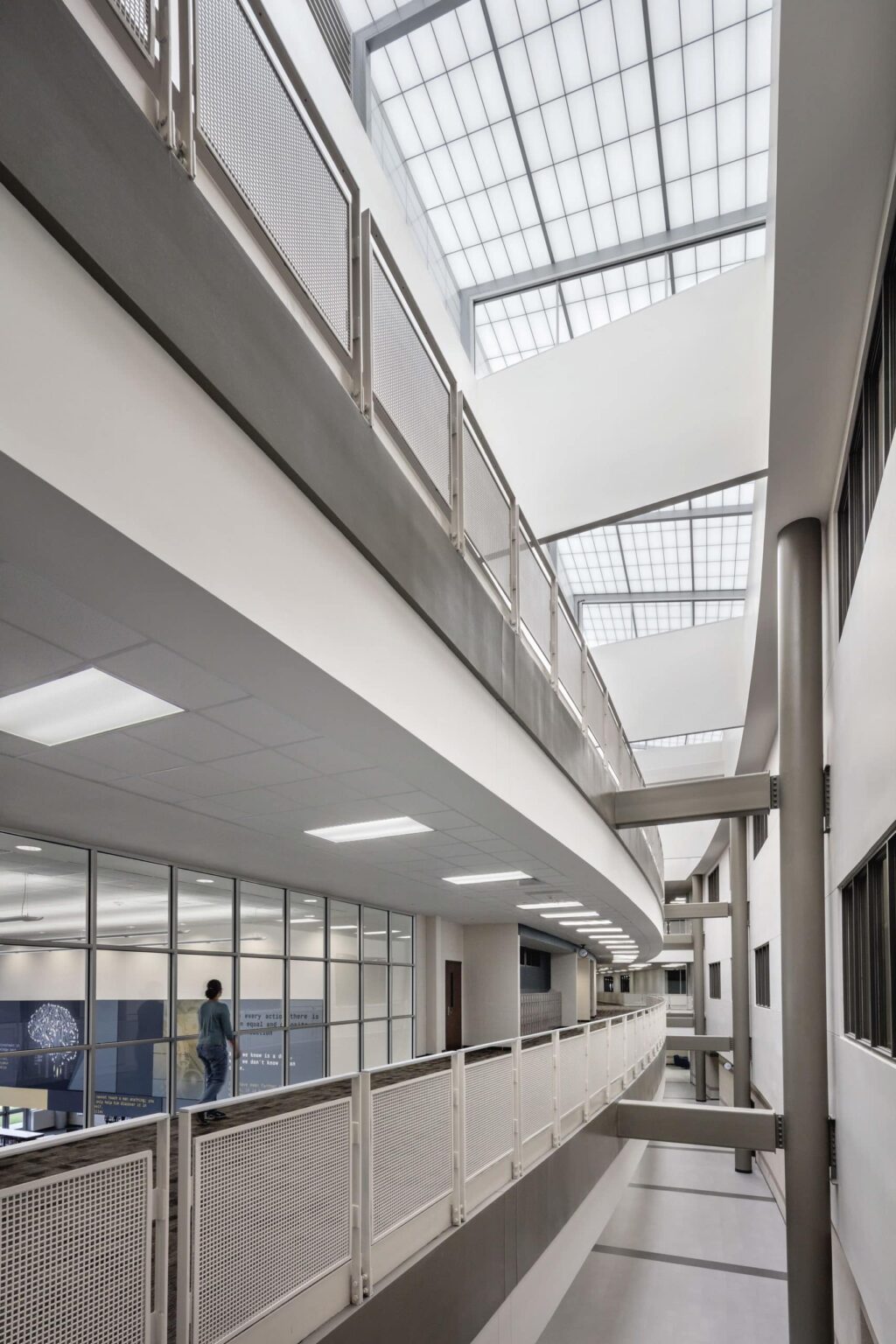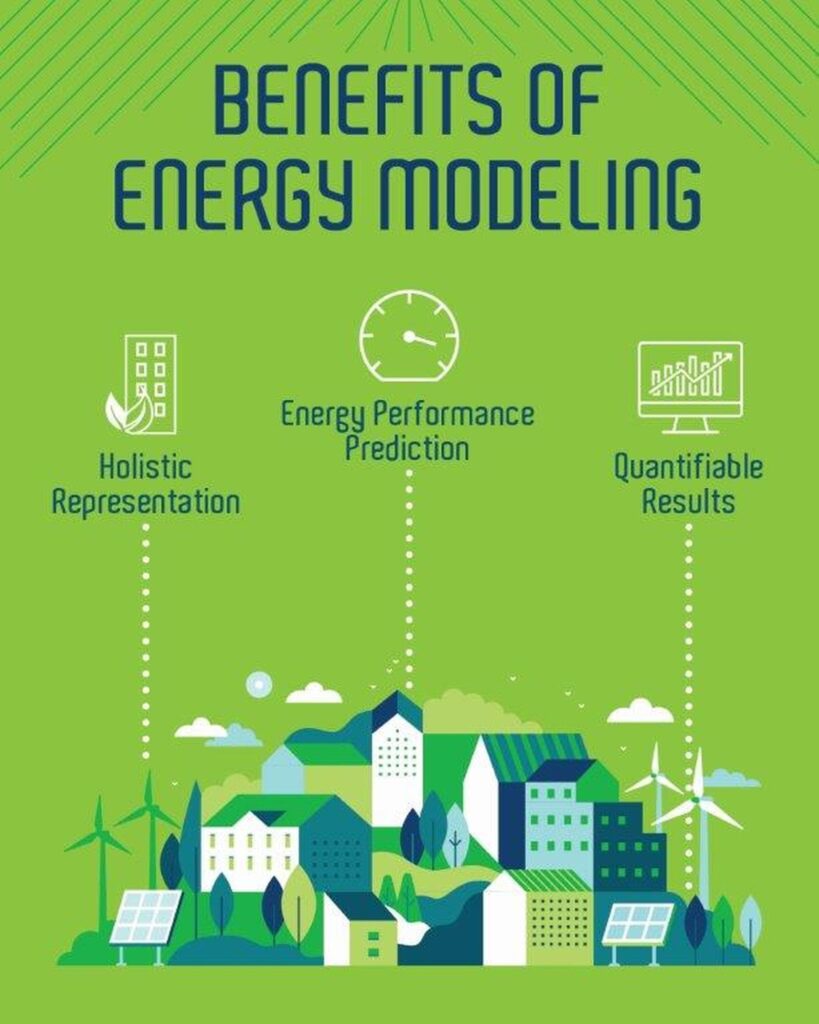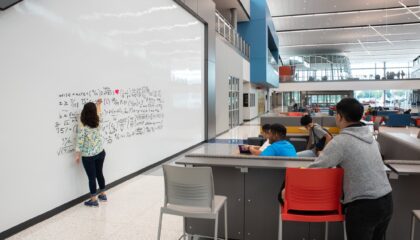Innovation
Model Behavior: Why Energy Modeling is an Integral Part of the Design Process

By: Sean Elliston, P.E., Director of Sustainability Leaf Engineers
Energy modeling software has improved continually since it was first developed more than 30 years ago. As building mechanical and electrical systems become more complex, teams can better analyze them by creating energy model simulations. Energy modeling simulates building operation and produces useful performance data to evaluate design decisions.
Energy modeling has been gaining a stronger presence in building design. An energy model is most recognizably associated with a LEED certification or building energy compliance following the performance pathway under IECC and ASHRAE, but there is a growing need to integrate energy modeling into every project’s workflow. In the past decade, development of net-zero commercial building has surged, and alongside every design is energy modeling. Net-zero buildings are driving the industry forward to a higher standard.
Education facilities — K-12 schools, higher education and general education — make up 37 percent of emerging or verified net-zero building in the United States and Canada, according to Getting to Zero: 2018 Getting to Zero Status Update and List of Zero Energy Projects. K-12 schools make up 50 percent of education facilities. Because K-12 schools serve as a lasting part of a community, the need to be designed to benefit existing and future generations. Whether or not the design target is net-zero, energy modeling can play a role in getting a project to the next level. Modeling helps identify aspects in a design to reduce energy consumption and determine which design options are the best fit.

THE BENEFITS OF ENERGY MODELING
Three key benefits of energy modeling are holistic representation, energy performance prediction and quantifiable results.
Holistic representation looks at the building as a whole. Design alteration affects energy performance. Sometimes this result is more obvious than others. Understanding some interactions may be tricky, but energy modeling overcomes this challenge by incorporating design features and simulating all compounding interactions together. This enables teams to better understand the interactions and carry out lessons learned when pursuing future projects.
Energy performance prediction is benefical before constructing a new building. Gauging energy performance enables a design team to avoid complications once a project is complete. As technology advances, design teams are more capable of incorporating new technologies into a model to fully predict whether energy performance increases or decreases. This eliminates guesswork and hesitation when taking on a new project. Additionally, energy performance prediction is critical for net-zero design because estimated annual energy consumption is needed to size the on-site renewable energy system. There are also more design options available with a higher level of control strategies. Using energy modeling ensures a team is on the right path for optimum energy efficiency.
Understanding the impact of results ultimately leads to better decision-making. Whether energy performance increases or decreases is only half the story. The other part is knowing how energy consumption changes with various conservation measures. That information is needed to make informed decisions. Quantifiable results enable various design alternatives to be measured for comparison and see how they will affect a building’s energy performance. Once the amount is identified, planners can direct their focus to design strategies with the highest energy cost savings.
Some design strategies vary depending on building location, type and construction budget. Energy modeling creates an opportunity to explore and discover what fits for specific projects. This ultimately empowers design teams to make more educated decisions, including design factors such as return on investment.
STARTING THE PROCESS
Several resources are available to guide design strategies for reducing building energy usage. The Advanced Energy Design Guide for K-12 School Buildings – Achieving Zero Energy has an entire chapter with a list of strategies to guide a building toward reaching net-zero. Even if a project’s goal is not net-zero, these strategies help reduce energy consumption.
There is no perfect energy model. Many variables go into an energy model, and unfortunately, some of these variables have the possibility of misaligning with a building’s actual utilization. The energy model is dependent on assumptions, human input, estimated occupancy and building behavior. Assumptions and behavior discrepancies always persist. The trends and comparisons observed in the energy model results may contain inherent deviation from actual construction, but still convey valuable insight. In the end, energy modeling is a valuable tool compared with the alternative of rudimentary hand calculations and intuition alone. Producing an accurate energy model requires extensive skill and experience.
The education building environment we create today builds the foundation that future generations will know and rely on for the sustainability of all building design. The level of design to deliver this reality comes hand in hand with energy modeling.
Energy modeling is the heart of the energy modeling software package, but there are additional features to some software packages to evaluate the indoor environmental quality. These include the ability to account for ambient daylight quality, quality views and thermal comfort control for a complete building performance simulation.
The net result is an environment that occupants enjoy and a system that is smart about the energy needed to operate the environment. Whether a design team’s next project applies a single design strategy resulting in moderate improvement or applies a handful of design strategies that take the project all the way to net-zero, both building designs are moving forward.
One day all educational buildings will reach, then surpass the threshold of net-zero. It all starts with a single step. What is your team’s next step toward a better building environment?
As published in American School & University Magazine.
